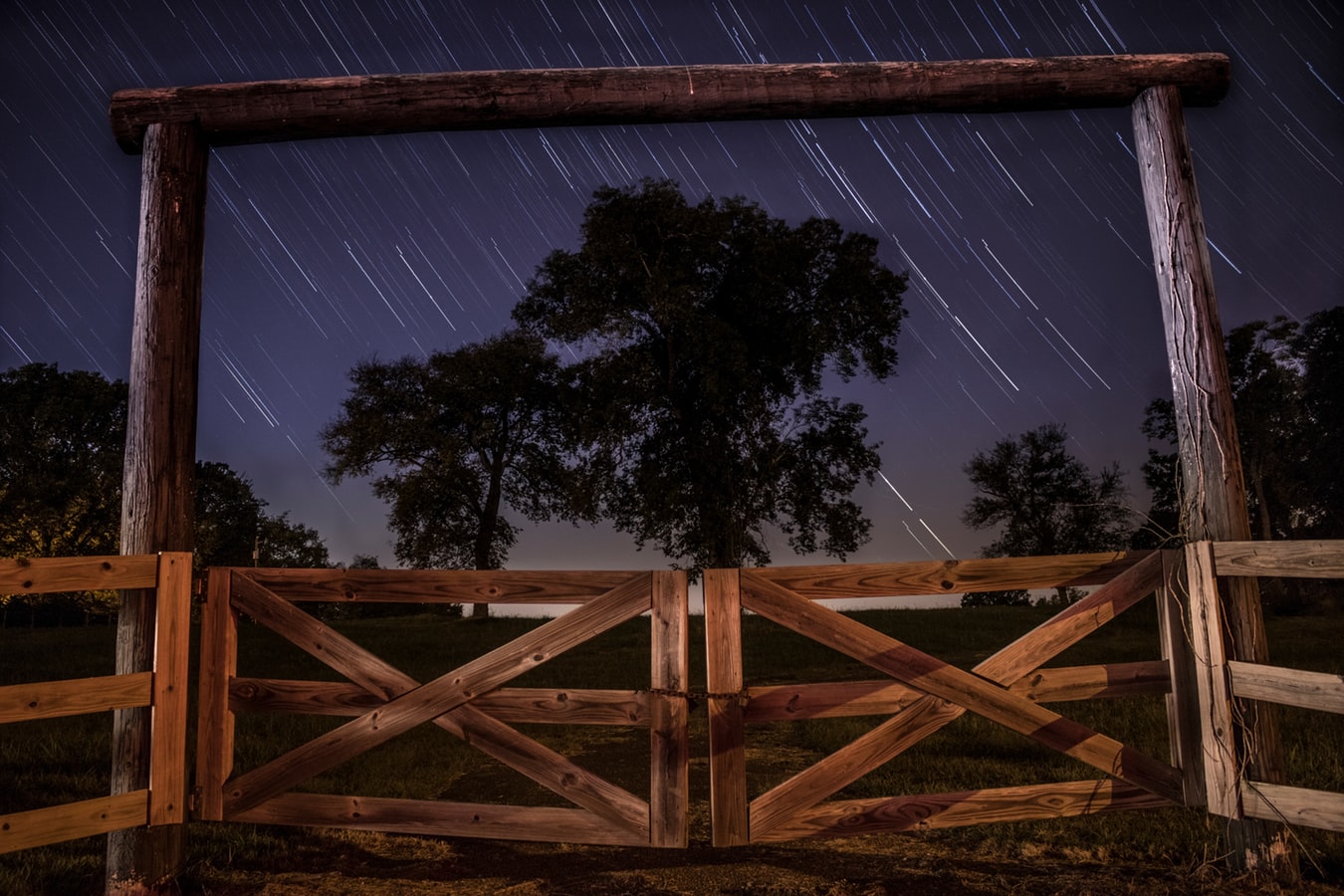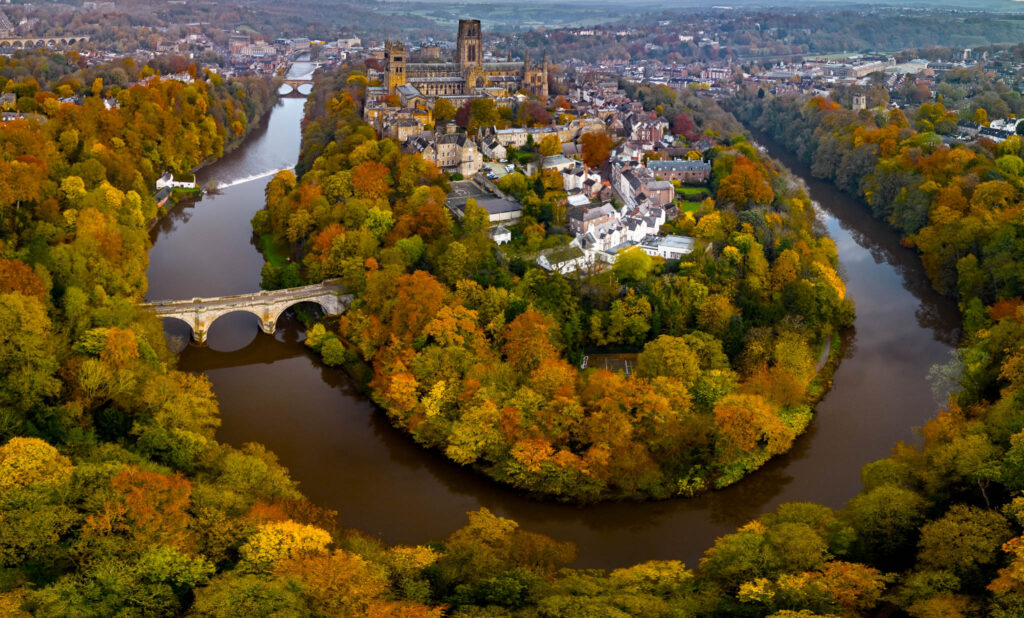Even if you’re an amateur photographer, you have most probably heard about exposure compensation. It allows photographers to override exposure settings picked by the camera’s light meter, in order to darken or brighten images before they are captured.
Camera light meters work by evaluating light reflected off subjects. When a camera is pointed at something dark, the meter will work the opposite way by brightening up the exposure. On the other hand, a very bright subject will cause the meter to darken the exposure.
In case you want to override your camera’s light meter mechanism, you need to use the exposure compensation. It allows you to take control of the brightness of the image.
How Exposure Compensation Works
Exposure compensation works by adjusting one or more of the exposure variables, depending on what camera mode you are using. The balance of light and dark is evaluated based on the entire frame that you see in the camera’s viewfinder. Exposure compensation allows you to increase or decrease the exposure of a scene.
Exposure compensation is adjustable in 1/3 or 1/2 EV or so-called stops. Each full stop adjustment doubles or halves the amount of light reaching the image sensor.
This means that an exposure compensation adjustment of +1 EV will give you an image that is twice as bright as the base exposure. The same goes for -1 EV – it will result in an image that is half as bright as the base exposure.

Exposure Compensation And Different Camera Modes
The way exposure compensation works depends on what mode you have your camera in:
- Aperture Priority Mode – In this mode, exposure compensation works by changing the shutter speed. If you change the aperture, your camera will set another corresponding shutter speed and there will be no change in the exposure level. This gives you the ability to change the shutter speed while staying at the same aperture you initially picked.
- Shutter Priority – If you work in this mode, exposure compensation will change your aperture. You set a shutter speed and the camera sets a corresponding aperture.
- Program – In program mode, exposure compensation works by changing the shutter speed, just like in aperture priority mode.

When To Use Exposure Compensation
There are a few typical situations when you should consider using exposure compensation. A lot of the time the camera meter is right, but sometimes it is not and it needs your help.
For instance, if you’re taking photos of a snowy scene, your camera’s meter will assume that the bright snowy color should be grey and it will choose exposure settings that underexpose the image. Obviously, you don’t want that and you need to rely on exposure compensation.
Another great example is night photography – the darkness of the scene should result in dark tones in your picture. However, the light meter will tell the camera to brighten up the picture. Using exposure compensation will allow you to take control of this.
One more reason you may want to use exposure compensation is when you don’t like the “correct” exposure and you want to make something more creative and experimental. For instance, you may want to darken the scene or brighten things up simply to add some drama. In this case, exposure compensations allow you to pursue some artistic endeavours.

Exposure Bracketing
Another topic that is closely related to exposure compensation is exposure bracketing and it can be quite useful as well.
In Auto Exposure Bracketing (AEB, or just bracketing), you have an option to set your camera to take multiple pictures in a row. The first one will be at normal exposure, the next one will be underexposed and the final one will be overexposed. In a way, exposure bracketing accomplishes the same thing as exposure compensation, because you are dialing in a certain amount of underexposure or overexposure.

Final Thoughts
We all want to be able to take complete control over the exposure process and adding exposure compensation to your shooting routine can help you produce better and more controlled photos with fewer issues that need to be corrected in post-processing.
If you haven’t used exposure compensation before, give it a try and take a look at the following links in order to learn more about this and similar topics:






